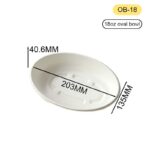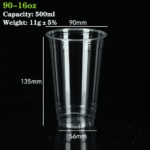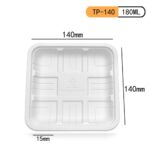Quick Answer: No. While all food-safe packaging must be food grade, not all food-grade packaging is truly food safe. The difference lies in the broader safety practices, production standards, and usage conditions beyond material compliance.
What Does “Food Grade” Mean?
Food grade packaging refers to materials that regulators like the FDA (U.S.) or EFSA (Europe) approve for direct contact with food. These materials:
-
Do not contain toxic additives
-
Resist chemical migration into food
-
Maintain structural integrity under normal handling
For example, plastics such as Polypropylene (PP) and Polyethylene (PE) are considered food grade when manufactured within specified limits. Similarly, glass and paperboard may qualify as food grade if they pass safety standards.
Limitation: Food grade is only about material composition. It doesn’t guarantee that packaging won’t be contaminated during production, storage, or distribution.
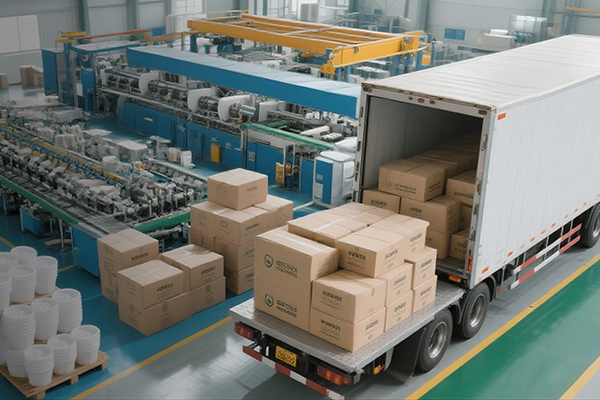
What Does “Food Safe” Mean?
Food safe packaging expands on food grade by considering the entire lifecycle of packaging—from manufacturing to consumer use. It ensures the packaging does not endanger health under real-world conditions.
Key aspects include:
-
Production Hygiene
-
Facilities must follow Good Manufacturing Practices (GMP).
-
Non-toxic inks and adhesives must replace harmful chemicals like phenyl inks.
-
-
Storage & Transportation
-
Packaging must resist temperature swings, humidity, and physical stress.
-
Contamination risks (e.g., dust, mold, bacteria) must be controlled.
-
-
End-Use Conditions
-
Packaging must remain safe under conditions such as microwaving, freezing, or hot-fill applications.
-
Misuse of food-grade-only packaging (e.g., microwaving non-microwave-safe containers) can release harmful substances.
-
Bottom line: Food-safe = Food grade + safety in production, handling, and usage.
Key Difference Between Food Grade vs. Food Safe
| Aspect | Food Grade | Food Safe |
|---|---|---|
| Definition | Material certified for food contact | Packaging proven safe throughout lifecycle |
| Focus | Material composition | End-to-end safety (production, storage, use) |
| Example of Failure | Food-grade paper box printed with solvent ink | Contaminated storage of “clean” jars |
| Regulation | FDA, EFSA approval for materials | Compliance with GMP, HACCP, ISO, and more |
👉 All food-safe packaging is food grade, but not all food-grade packaging is food safe.
Why the Distinction Matters
-
Consumer Health
Misinterpreting the terms can expose customers to toxins, microbial growth, or contamination. -
Regulatory Compliance
Non-compliance risks recalls, fines, and brand damage. -
Food Quality
Unsafe packaging can cause spoilage, flavor changes, or leaks, reducing shelf life. -
Risk Management
Clear understanding allows businesses to choose packaging that truly protects food integrity.
Examples of Food-Safe Packaging Materials
-
Bagasse (Sugarcane Fiber)
-
Biodegradable, compostable, and non-toxic
- Oil & moisture resistant → perfect for fast food, pizza, coffee cups

-
-
Glass
-
Non-reactive, chemical-free, fully recyclable
-
Preserves flavor & freshness, ideal for beverages and sauces
-
-
Plastics (PP, PET)
-
Lightweight, affordable, widely used for takeaway packaging
-
Must meet FDA/EFSA guidelines for specific use conditions
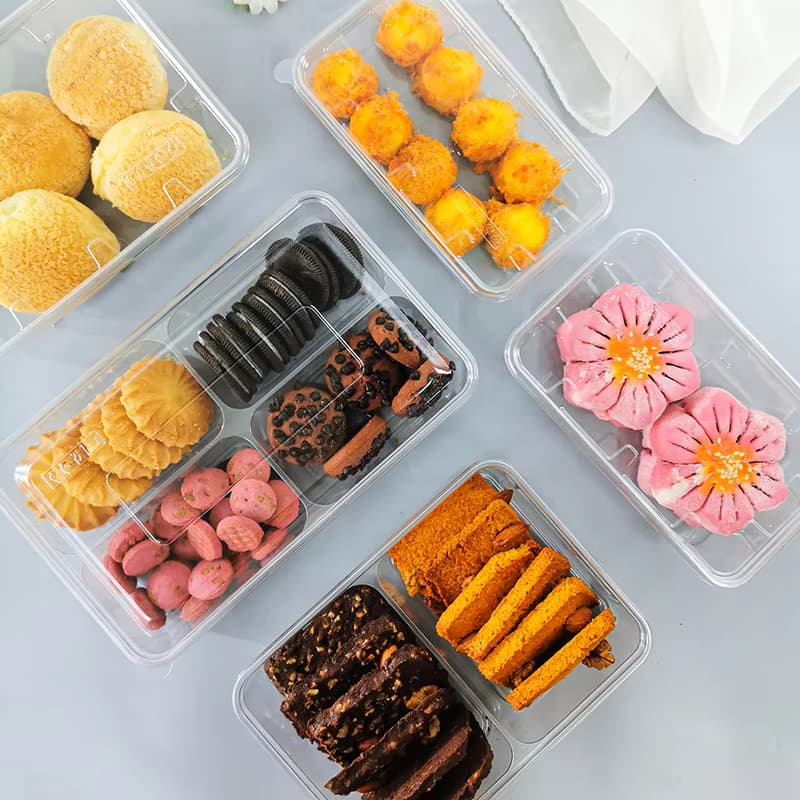
-
-
Paper & Kraft
-
Natural and lightweight
-
Often coated for water/oil resistance (check recyclability and coatings used)
-
Questions to Ask Your Food Packaging Supplier
Before buying packaging, verify:
-
Material Details: What is it made of? Any additives?
-
Certifications: FDA, FSC, BRC, ISO, or compostability standards (EN13432, ASTM D6400).
-
Usage Range: Is it safe for microwaving, freezing, or hot foods?
-
Transport Safety: How does the supplier prevent contamination during shipping?
-
Storage Advice: Conditions for shelf stability and hygiene.
❓ Frequently Asked Questions (FAQ)
Q1: Is food-grade packaging safe for all foods?
Not always. Food-grade packaging ensures the material is safe under normal use, but acidic, oily, or high-temperature foods may cause migration if the packaging is not tested for those conditions.
Q2: Can food-grade plastic be microwaved?
Only if it is also labeled microwave-safe. Food-grade alone does not guarantee heat resistance, and unsafe heating may release harmful substances.
Q3: How can I tell if packaging is food safe?
Look for certifications (FDA, EFSA, ISO, HACCP, BRC). Also, ask suppliers about production hygiene, inks, coatings, and real-world testing for heat, cold, or moisture.
Q4: Is biodegradable packaging automatically food safe?
No. Materials like bagasse or PLA are eco-friendly, but they must still pass food safety testing and comply with regulations for intended use.
Q5: What is the biggest risk of confusing food grade with food safe?
Businesses may unknowingly use packaging that contaminates food during storage, printing, or misuse—leading to recalls, fines, or consumer health issues.
Conclusion
Food grade and food safe are not interchangeable terms.
-
Food grade ensures that the material itself is safe for food contact.
-
Food safe ensures that packaging remains safe across production, logistics, and real-world use.
For restaurants, hotels, and food manufacturers, choosing packaging that is both food grade and food safe is essential to safeguard consumers, comply with regulations, and maintain food quality.
When sourcing packaging, always look beyond material certification—ask the right questions, request proof of safety standards, and choose suppliers who prioritize end-to-end safety assurance.
✅ References
-
U.S. Food & Drug Administration (FDA) – Food Contact Substances Regulations
https://www.fda.gov/food/packaging-food-contact-substances-fcs/overview-food-ingredients-packaging-food-contact-substances-fcs -
European Food Safety Authority (EFSA) – Food Contact Materials
https://www.efsa.europa.eu/en/topics/topic/food-contact-materials -
Food Safety Magazine – Ensuring Safe Food Packaging
https://www.food-safety.com/articles/7301-ensuring-food-packaging-safety -
Institute of Food Technologists (IFT) – Packaging and Food Safety
https://www.ift.org/news-and-publications/food-technology-magazine/issues/2018/march/columns/food-packaging-safety -
Packaging Strategies – Food Packaging and Consumer Safety Trends
https://www.packagingstrategies.com/
Disclaimer & Copyright Notice
This article is created by the Dashan Packing editorial and research team.All information presented here is for educational and industry reference purposes only.Some data and standards cited in this article are sourced from publicly available materials,official regulatory documents, or third-party publications, which are properly credited where applicable.
All rights to third-party trademarks, images, and content belong to their respective owners.If any copyrighted material has been used inadvertently, please contact us at angel@chndashan.com.We respect intellectual property rights and will promptly remove or revise any material upon verification.


